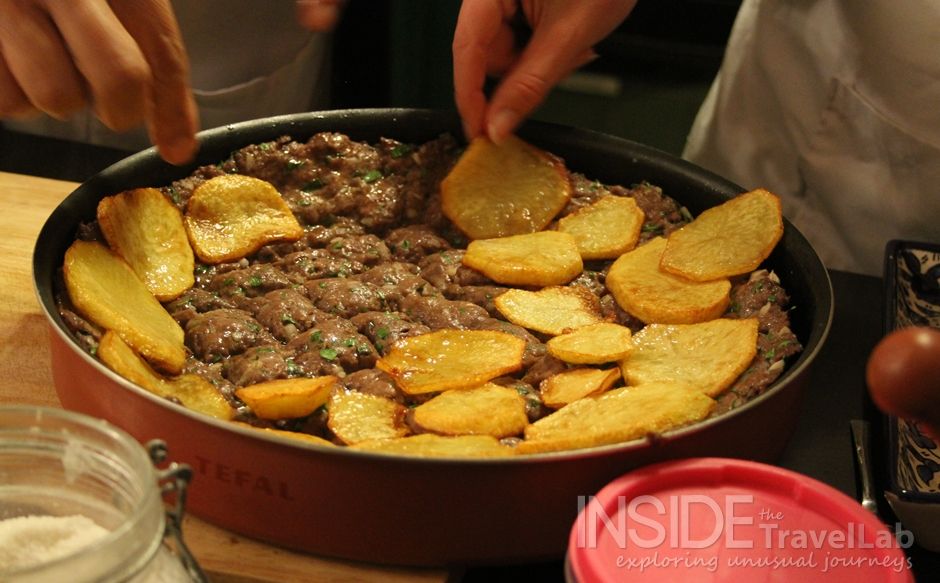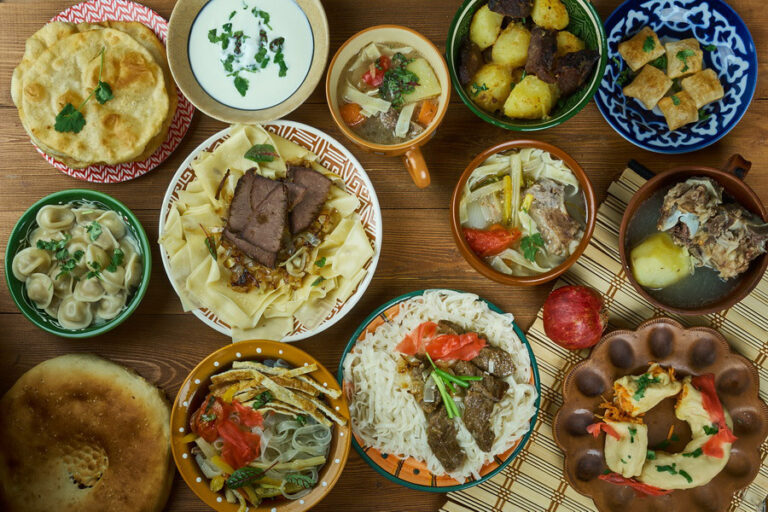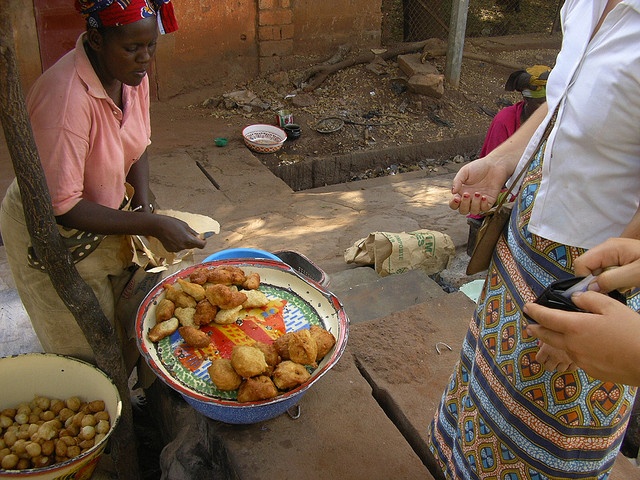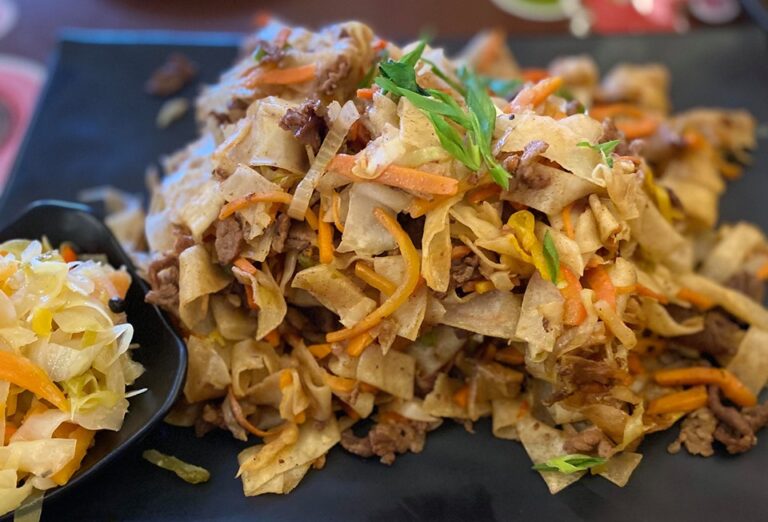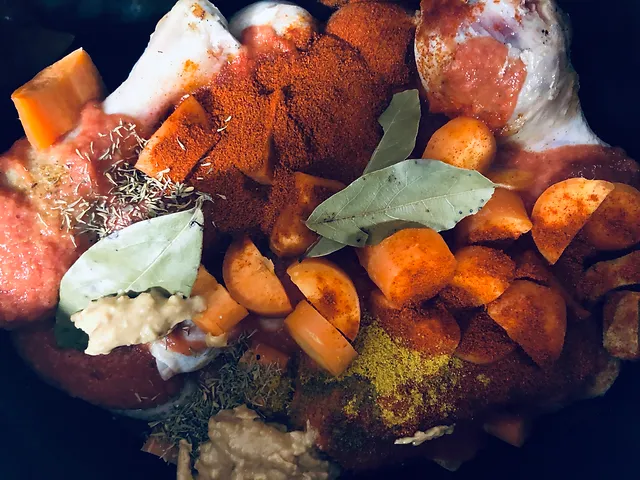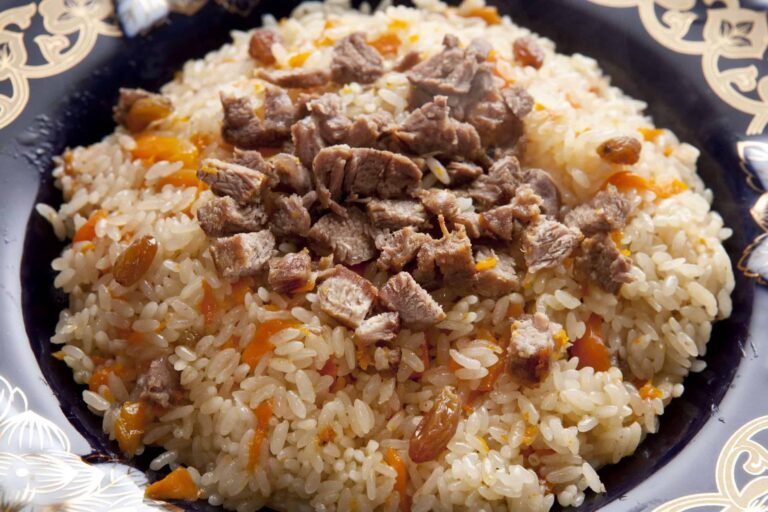Introduction: Bedouin and Nomadic Influences
Bedouin and nomadic cultures have been known for their rich traditions, including their cuisine. These cultures have had to adapt to living in harsh, arid environments where food sources are often scarce. Their cuisine has evolved to include a variety of ingredients and cooking techniques that are unique to their way of life. In this article, we’ll explore the history and influences of Bedouin and nomadic cuisine, as well as the ingredients, cooking techniques, and regional variations that are still evident in the cuisine today.
History of Bedouin and Nomadic Cuisine
Bedouin and nomadic cuisine has a rich and diverse history that dates back centuries. These cultures have had to adapt to living in harsh environments, where food sources are often limited. To survive, they had to make use of all available resources, including plants, animals, and even insects. As a result, their cuisine has been heavily influenced by the environment and the resources available to them.
The Bedouin and nomadic way of life also meant that they had to travel long distances, often with limited access to cooking facilities. To meet their needs, they developed cooking techniques that were portable and easy to use, such as cooking in a pit in the ground or using a simple portable stove. This allowed them to prepare food quickly and easily, no matter where they were.
Ingredients and Cooking Techniques
Bedouin and nomadic cuisine makes use of a variety of ingredients, often based on what is available in their environment. Common ingredients include lamb, goat, and camel meat, as well as vegetables like tomatoes, onions, and cucumbers. Spices are also an important part of their cuisine, with cumin, coriander, and turmeric being commonly used.
Cooking techniques vary depending on the resources available, but some common techniques include grilling, roasting, and slow-cooking in a pit or underground oven. Dairy products are also an important part of their cuisine, with yogurt and cheese being commonly used.
Regional Variations in Bedouin and Nomadic Cuisine
Bedouin and nomadic cuisine varies from region to region, depending on local ingredients and cultural influences. In North Africa, for example, couscous is a staple dish, while in the Middle East, it is common to find dishes like hummus and falafel. In Central Asia, nomadic tribes often make use of dairy products, such as fermented mare’s milk, to prepare dishes like kumis and kurt.
Modern Adaptations of Bedouin and Nomadic Dishes
Despite their traditional roots, Bedouin and nomadic dishes have adapted to modern tastes and cooking methods. For example, many Bedouin and nomadic dishes are now prepared using modern cooking techniques, such as grilling and baking in an oven. In addition, modern ingredients, such as chicken and beef, have been incorporated into traditional recipes.
Conclusion: The Legacy of Bedouin and Nomadic Cuisine
Bedouin and nomadic cuisine has had a significant impact on the culinary traditions of the regions where these cultures have lived. Their unique cooking techniques and use of local ingredients have resulted in a diverse and flavorful cuisine that continues to influence modern cooking. Whether you’re trying traditional Bedouin and nomadic dishes or modern adaptations, their cuisine offers a delicious and exciting culinary adventure.

